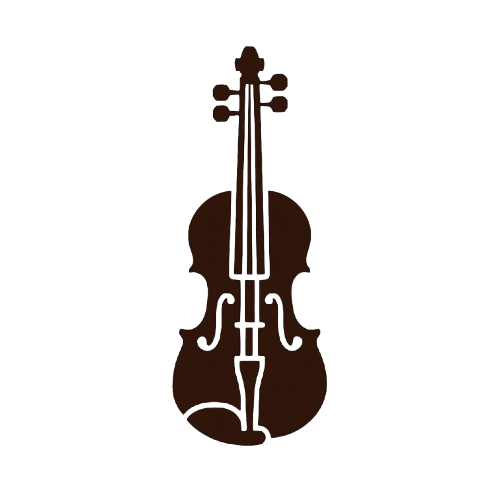Define “hard.”
Is it challenging? Yes. Does it require dedication? Absolutely. Is it a complex skill that demands patience and perseverance? Without a doubt. But is it “hard” in the sense of being an insurmountable, impossible task reserved only for a gifted few who began their journey in infancy? Not at all.
The difficulty of learning the violin is often shrouded in mystique. It has a reputation for being one of the most demanding instruments to master, and that reputation isn’t entirely unearned. But the reality is more nuanced. The question isn’t simply “Is it hard?” but rather “What makes it challenging, and what makes that challenge worthwhile?”
The Steep Initial Climb
Let’s be upfront about the initial hurdles. Unlike a piano where a beginner can press a key and produce a perfectly pitched note, the violin requires you to create the note from scratch. This is where most of the early difficulty lies.
- Intonation is King: The violin has no frets to guide your fingers. Finding the exact spot on the fingerboard to produce a note that is perfectly in tune requires a well-trained ear and precise muscle memory. In the beginning, expect a symphony of squeaks, scratches, and notes that sound, well, a bit “off.” This is a universal experience for every budding violinist.
- The Art of the Bow: The bow is not just for dragging across the strings. It is your voice. Learning to control the pressure, speed, and angle of the bow to produce a clear, consistent, and resonant tone is a skill in itself. It’s like learning a new, incredibly sensitive way of breathing.
- Awkward Ergonomics: Holding the violin tucked between your chin and shoulder, while keeping your left hand relaxed and your right arm moving freely, is not a natural human posture. It takes time and expert guidance to develop a comfortable, strain-free hold.
So, Why Isn’t Everyone a Quitter?
If the start is so demanding, why do people stick with it? Because for every challenge, there is a deeply satisfying reward. The very things that make the violin “hard” are what make it so expressive and beautiful.
- Infinite Expressiveness: The lack of frets means you can play not just the notes, but everything in between. The subtle slides (portamento), the gentle wavering of a note (vibrato)—these are the things that make the violin sound so much like the human voice. You have complete control over the emotional color of every sound you make.
- A Meditative Focus: The intense concentration required to coordinate your hands, ears, and posture can be a powerful form of mindfulness. When you are practicing the violin, the worries of the world often melt away, replaced by the singular focus on creating a beautiful sound.
- The Thrill of Progress: Because the initial learning curve is steep, every small victory feels monumental. The first time you play a simple scale in tune, the day you produce your first clear, ringing note, the moment you can play a recognizable melody—these milestones are incredibly motivating and provide a profound sense of accomplishment.
Redefining “Hard”: A Journey, Not a Destination
The difficulty of the violin is front-loaded. It demands a significant investment of patience and discipline at the beginning. However, many violinists will tell you that once you cross that initial threshold—once your ear starts to guide your fingers and your bowing becomes more natural—a whole new world opens up.
So, is it hard to learn the violin?
- If “hard” means requiring more initial effort than picking up a ukulele, then yes.
- If “hard” means you won’t sound like a virtuoso in a few weeks, then yes.
- But if “hard” means an enriching, lifelong challenge that builds discipline, offers a unique avenue for emotional expression, and connects you to centuries of beautiful music, then it is a “hardship” to be enthusiastically embraced.
The journey of learning the violin is not about reaching a final destination of “mastery.” It’s about the continuous process of learning, refining, and, most importantly, enjoying the music you are capable of creating every step of the way.

Leave a Reply